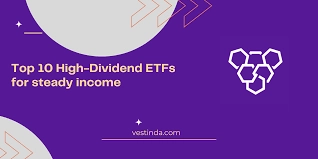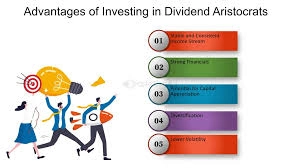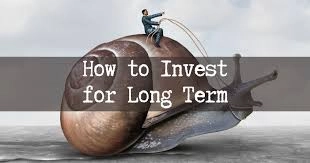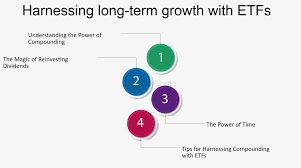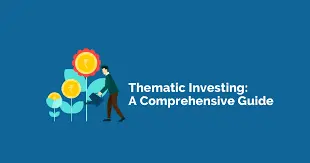Looking for reliable dividend ETFs to generate steady income? This guide highlights the top dividend-paying ETFs for 2025, perfect for income-focused investors.
Why Invest in Dividend ETFs?
Dividend ETFs focus on companies that consistently pay dividends, providing investors with a steady income stream while still benefiting from market growth. These ETFs are ideal for retirement accounts and long-term portfolios.
✅ Key Benefits of Dividend ETFs:
Regular Income – Earn quarterly or monthly dividends Lower Risk – Invest in stable, well-established companies Diversification – Exposure to multiple high-yield stocks Passive Growth – Benefit from both dividends and capital appreciationTop 5 Dividend ETFs for 2025
1️⃣ Schwab U.S. Dividend Equity ETF (SCHD) – Best Overall Dividend ETF
✅ Expense Ratio: 0.06% ✅ Dividend Yield: 3.5% ✅ Top Holdings: Home Depot, Pfizer, Coca-Cola Why Invest? SCHD offers a solid dividend yield with strong capital growth potential.
2️⃣ Vanguard High Dividend Yield ETF (VYM) – Best for Long-Term Income
✅ Expense Ratio: 0.06% ✅ Dividend Yield: 3.2% ✅ Top Holdings: Johnson & Johnson, JPMorgan Chase, Procter & Gamble Why Invest? VYM focuses on high-yield dividend stocks, ideal for long-term passive income.
3️⃣ iShares Select Dividend ETF (DVY) – Best for Stability
✅ Expense Ratio: 0.38% ✅ Dividend Yield: 3.8% ✅ Top Holdings: Verizon, Chevron, Lockheed Martin Why Invest? DVY includes high-dividend stocks with consistent payouts, making it great for risk-averse investors.
4️⃣ SPDR S&P Dividend ETF (SDY) – Best for Dividend Growth
✅ Expense Ratio: 0.35% ✅ Dividend Yield: 3.0% ✅ Top Holdings: AT&T, ExxonMobil, IBM Why Invest? SDY focuses on companies with a long history of increasing dividends.
5️⃣ Global X SuperDividend ETF (SDIV) – Best for High Yields
✅ Expense Ratio: 0.59% ✅ Dividend Yield: 7.2% ✅ Top Holdings: High-yield global stocks Why Invest? SDIV is ideal for investors looking for maximum income with international diversification.
How to Choose the Best Dividend ETF for You?
Before investing, consider:





